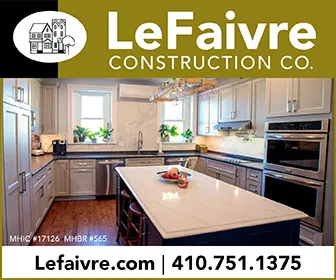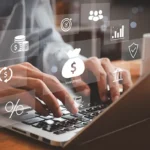
Several years ago, I started to take recycling more seriously, and then last year I got really adamant about it after watching a TV show that documented how seriously our trash is contaminating oceans. I recycled everything I could, and often made my kids return to the trash can to “try again” if they put something recyclable in the regular trash. I was recycling more trash than I was sending to the landfill and I was thrilled about it.
Then I read an article that shattered my recycling aspirations. Apparently, enthusiastic recyclers like me — who recycle everything even if they’re not positive it’s a recyclable material (because surely there is a mechanism that will weed out the stuff that doesn’t belong there, right?) — are killing the recycling stream and driving the costs of recycling up. There’s even a name for us – wishcyclers. Our intentions are good, but our actual actions are sometimes bad.
I’m not kidding when I say I was little devastated, I had gone from being really proud of what I was doing to being embarrassed and frustrated. I told my sister who is a tree hugger (in a good way) and is the most dedicated recycler I know. She shook her head and said yes, many people recycle … she rattled off a list of things I regularly recycled … and those things can’t go in the stream and it messes everything up. I asked her how I’m supposed to know which plastics can be recycled, which Styrofoams, which cardboards (you can’t recycle your pizza box if it has pizza grease in it) and she said part of the recycling process is to be educated. I have to do research, I have to ask questions, I have to look stuff up, I have to learn to read the codes on the products. I roll my eyes — that sounds like a lot.
Many products can’t be recycled in the regular stream — like plastic grocery bags, because they get stuck in the machines that process the recycling. And when something gets stuck in the machines (such as a lot of old garden hoses in the spring and Christmas light strands around the holidays), they have to shut down the whole system to unclog the machine, which is costly. Experts say that when recycling programs were started in the ’80s and ’90s, the goal was just to get people to use the bins designated for recycling. Well, a couple decades later, people are now just lazily throwing any trash they have, including food (which contaminates the recycling stream) and products that clearly aren’t recyclable into the blue bins.
So I feel like I’m kind of starting over in my recycling journey. It would be easier to just take the “when in doubt, throw it out” saying to the extreme and just not recycle anything. But then I’m not doing the oceans, or the animals, or my kids any favors. It’s my job to do the best I can to responsibly rid of my trash. Maybe I’ll try to make it more festive and have a weekly recycling happy hour where I provide some cocktails and invite friends to bring their recycling, and together we go through it and decide what is legitimately worth putting in the blue bin. OK, that’s extreme, but fellow neighbors, please know that I’m committed to getting this right, and I promise to do better, one bottle at a time.
In the meantime, if you want to know more about trash in Carroll County, be sure to read the excellent article on page 30. Happy recycling.













